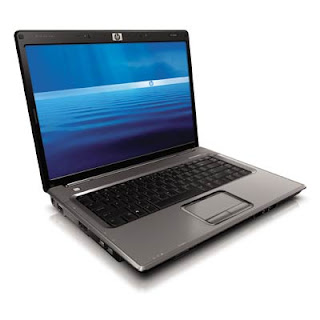I am still in hospital and I am writing this blog from my hospital bed on my laptop.
When the Drs suggested I came into hospital I was quietly pleased that someone was going to have a look at the unpleasant symptoms I get whenever I eat.
In short what happens after the first few mouthful is :-
- I start to sweat heavily
- My pulse rate jumps to about 150 bpm
- My blood pressure rises
- I feel dizzy
- I am sometimes sick
In the past these symptoms have been described as Dumping Syndrome and various Doctors and Surgeons have told me they could do nothing about it. Three weeks ago I was referred to a Gastroenterologist at Jimmy’s here in Leeds. In the past most medics have pooh poohed my description of the symptoms I get when I eat so I thought it wouldn’t hurt anything to show them.
The appointment was a 9am so instead of having my breakfast at home I took it with me and ate it just before going in to see the Dr. She took one look at the state I was in and decided I needed to come into hospital for tests to try to work out what was going on.
I think I will draw a veil over the false starts and none availability of beds but eventually I found myself on the gastroenterology ward discussing what happens to me when I eat.
The first test I was given is called a Glucose challenge test which is the standard test for diagnosing diabetes. It involves fasting for 16hrs then drinking a sugary drink. To see what happens a blood sample is taken every 30 minutes for three hrs and your BP, pulse, rate and oxygen levels are also checked.
I didn’t react as they thought I would because I don’t react to sugar in any form other than to start passing sugar in my urine. However it did confirm I am diabetic (This has never been tested for before).
After a lot of head scratching and tooth sucking the Drs decided to devise a test to see what happens when I eat toast. The test has been dubbed the toast challenge test and involves another 16hr fast and then being given 3 slices of buttered toast and a cup of coffee. This time I did react, I was wet through with sweat (I needed to change my pyjamas), My BP went through the roof, my heart rate was just short of 200bpm and I felt really ill. The bloods they took during this test charted the rise in my blood sugar to 17.1 (normal is less than 7) and confirmed that I am a full diabetic but didn’t explain why I react the way I do when I eat.
When the results of the bloods came back from the lab they gave a picture of a rising blood sugar for the first 30 mins after eating and then over the next two hours a slow drop back towards normal. This is NOT dumping syndrome as what would have happened if it was is that my blood sugar should have gone up over a 2 hr period and then suddenly drop to 3 or less accompanied by tremors on the limbs.
As I have reacted to every meal I have been given in hospital so far the Medical team are very aware there is something wrong but are stumped to explain just what. The next step in the investigation is to repeat the toast challenge but this time to give me an injection of Octreotide during the test.
I am apprehensive about this test because looking this drug up on the internet, it is widely used to ease the symptoms of Dumping by increasing the output of insulin and other gastric enzymes. However as my symptoms are the opposite of those shown by classical dumping it isn’t clear what effect Octreotide will have on me. Oh well if anything goes wrong Jackie will be here with me to alert the staff and I couldn’t be in a better place.
Watch this space to see if the test showed up anything interesting.

 The purple segment of the pie tells you how much free space is left on the drive. This example has only 24 Gb left so you wouldn't be able to install W7 on here. In fact this is C: drive on my main computer and W7 is already installed as are my applications which still left me 24 Gb so proving that W7 isn't a space hog like Vista was as it doesn't load a lot of stuff you might not need.
The purple segment of the pie tells you how much free space is left on the drive. This example has only 24 Gb left so you wouldn't be able to install W7 on here. In fact this is C: drive on my main computer and W7 is already installed as are my applications which still left me 24 Gb so proving that W7 isn't a space hog like Vista was as it doesn't load a lot of stuff you might not need.

